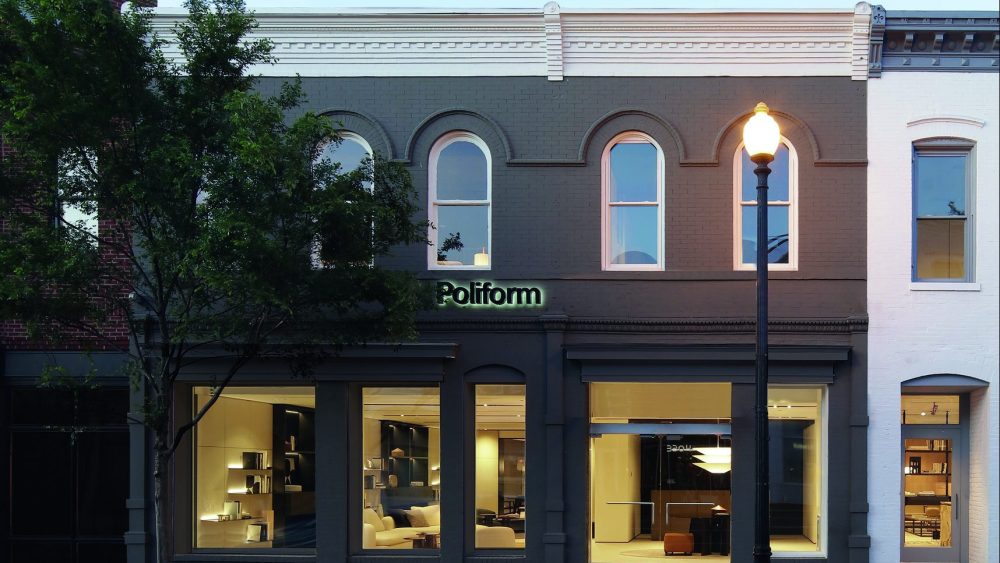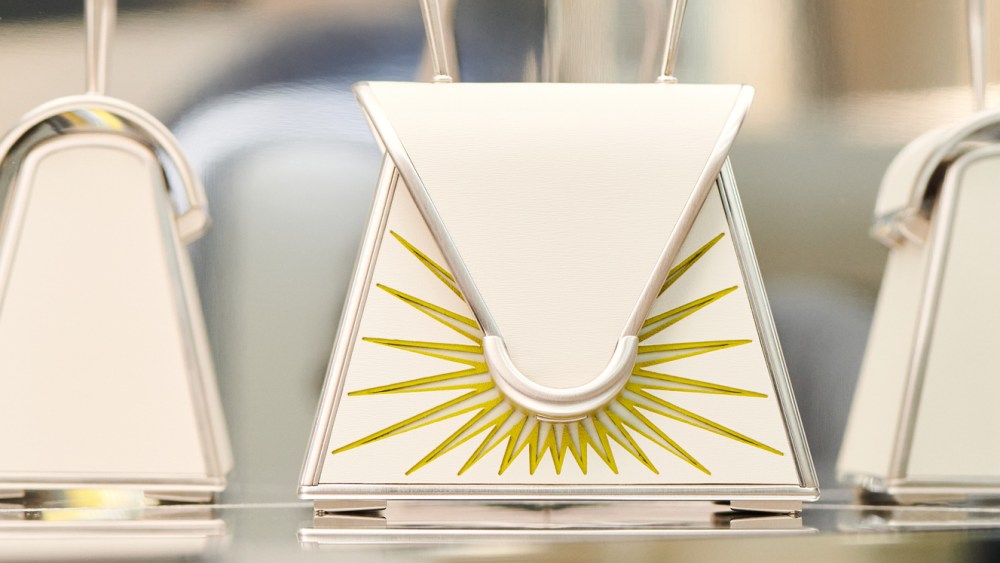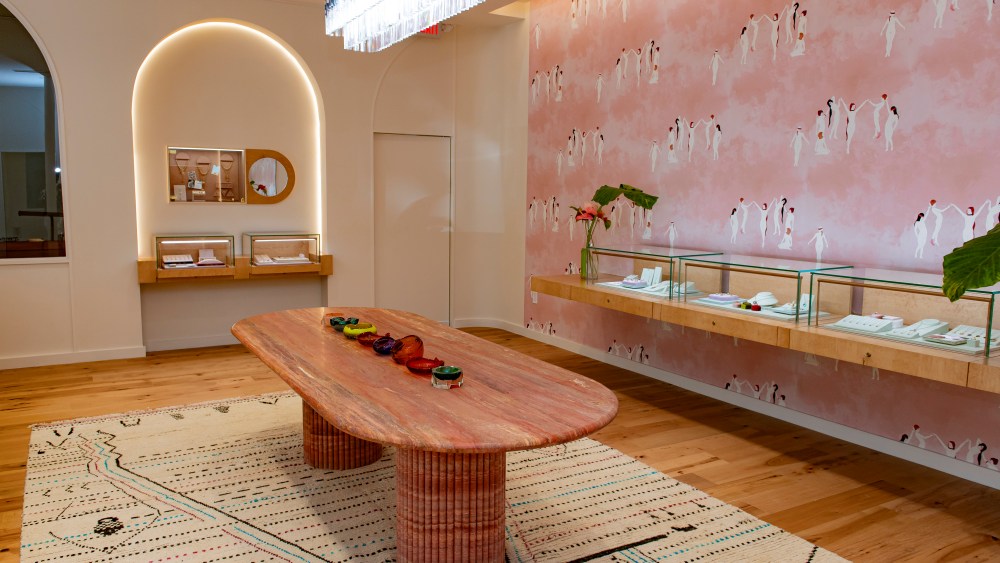MILAN — Luxury furniture-maker Poliform first set foot on American soil in 1998, at a time when very few knew about the brand — or its Italian peers for that matter — and the market was dominated by multibrand stores.
Wednesday marks a major milestone in the U.S. as Poliform opens its fifth store, a directly operated flagship located at 3304 M Street NW in Cady’s Alley, in the heart of Georgetown’s burgeoning Design District.
Fellow Italian furniture-makers like Molteni&C, Boffi De Padova and B&B Italia are among its only Italian neighbors, but that is likely to change as Italian design brands continue to collectively corner prime U.S. retail real estate like they did in New York City’s Madison Avenue or NoMad area, said Poliform’s U.S. chief executive officer and president Laura Anzani, daughter of Giovanni Anzani, one of the three cofounders.
“The east side of Washington is becoming a beautiful area. There are a lot of retail stores there and the fashion industry has started opening there as well,” said Anzani, who first moved to New York 16 years ago.
Spanning 9,400 square feet across two floors, the flagship marks a significant milestone in Poliform’s ongoing expansion plan in the U.S. and globally. Currently, Poliform has 110 monobrand stores in 95 countries, including five in the U.S.
Today, the company founded in 1970 by Alberto Spinelli, Aldo Spinelli and Giovanni Anzani in the heart of Brianza, the northern Italian furniture district, counts the U.S. as its second-biggest market by sales after Europe, driven largely by what Anzani describes as a strong network and word of mouth marketing. Post the COVID-19 pandemic, the company saw sales in America double and despite a wider market slowdown, the company has grown consecutively every year since. Asia is also growing “exponentially,” she said.

The showroom will feature Poliform’s broad spectrum of products and design offerings to elevate different areas of the home, from living rooms, kitchens, dining rooms and bedrooms, to walk-in closets, storage solutions and accessories and will feature the outdoor line in the next few months. Poliform’s first outdoor collection was launched earlier this year.
Poliform originally started as a cabinet-maker, and saw its business grow rapidly following its expansion into kitchens and eventually the sleek, luxury furniture that echoes natural forms and shapes. “The D.C. market is important because every four years or so, people come and go [due to the election cycle] and for international brand awareness,” Anzani contended.
Forging new design enclaves is something Poliform has been accustomed to, after opening a monobrand store in New York City’s NoMad district in 2016, Miami’s Design District 22 years ago and in Los Angeles in West Hollywood 20 years ago.
The turning point that propelled Poliform’s growth in the U.S. was an editorial project-turned-ad campaign by famed fashion photographer Paolo Roversi. In 2020, he turned pieces of furniture into muses accented by his signature romantic lighting and curated styling.
“We use some of those images in our campaign here in the U.S. and I think that because it was so different, people started asking about us because they found something extremely sophisticated…different from what other companies are doing,” she said.
Anzani added that the brand’s new outdoor collection designed by French architect and inventor Jean-Marie Massaud, designer Emmanuel Gallina, Singapore and New York-based architect Soo K. Chan and Dutch designer and art director Marcel Wanders garnered instant success in the U.S., before it was even presented in stores. Clients were happy with color samples without ever seeing the product in person, she said.
One third of Poliform’s revenues are generated from cabinets, another third by fine furniture and another by kitchens. “We follow the real estate market because we enter homes with cabinetry when there is a new purchase and second home renovation. We’re a little concerned because the real estate market is not at its best at the moment, but we are growing compared to last year,” Anzani said.
According to the National Association of Realtors, existing home sales in the U.S. fell to their lowest level in nearly 30 years in December 2023. In April, the median existing-home price for all housing types was up 5.7 percent to $407,600 from the previous year.



